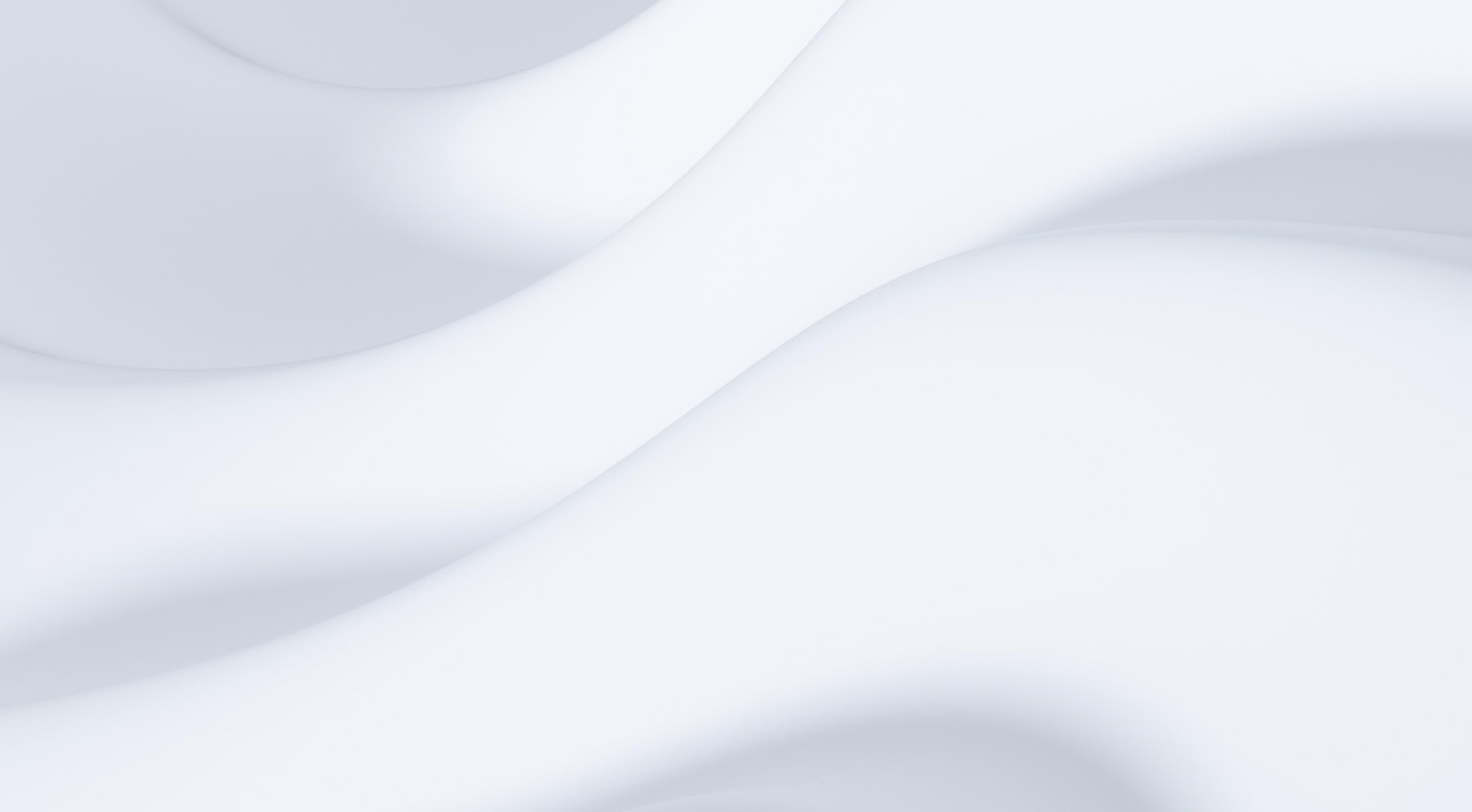




No one will know. Everyone will notice™

At Dr. Gurley’s practice, we put modern lasers to use rejuvenating your face while improving skin health. From sun and age spots to texture issues, from fine lines to pore size, we address all of these issues with lasers. Generally, you can think of lasers as either ablative or non-ablative. Today, the downtime and recovery are faster than the ever were before. Safety and predictability of outcome allow Dr. Gurley to utilize a specific laser to address your individual issues. We suggest a full skin analysis before we get started.
In ablative resurfacing, the laser penetrates the epidermis in thousands of microscopic spots. The penetrations create thousands of millimeter-deep channels down into the skin. This is called fractional resurfacing because only a fraction of the skin’s surface is impacted. The surrounding skin remains intact and fosters recovery of the microscopic holes.
When these fractional holes are created, the body thinks it has been wounded, and it responds in kind. This wound-healing response is an increase in collagen production at the site of the wounds creating younger, refreshed skin.
With non-ablative resurfacing, the surface of the skin is left intact and untouched.
In these procedures, lasers are targeted to bypass the epidermis layer (the skin’s outer layer) and enter the dermis layer below. It is in the dermis where the skin’s collagen provides structural support for the skin. The problem is as we age our collagen production continues to drop a little more every year. A 50-year-old has 30% less collagen production than a 20-year-old. That fact, along with less sun and environmental damage, is the reason the 20-year-old’s skin is so much more smooth, tight, and radiant.
In non-ablative resurfacing, the laser’s light energy converts to heat energy beneath the surface. This heat energy stimulates the body to produce more collagen in the treatment areas. For the patient, the feeling is a sensation of heat. Procedures usually run around 25 minutes, with three to five treatment sessions recommended to attain the results desired. There really isn’t any recovery time needed. For about 10 minutes after the procedure, you’ll feel as if you have a bad sunburn, but that sensation passes quickly.
After fractional resurfacing, there is some post-treatment discomfort but it is manageable. For the first 24 to 36 hours, the skin can appear swollen and look red and a bit raw. This is followed by five days of crusting as the wound-healing mechanisms fully take hold. Once the crust peels, new pink skin emerges, minus many of the flaws it formerly had. Complete healing usually takes two weeks or less, but patients need to be very diligent about sunscreen application in the subsequent months to protect their new skin.
If you’re interested in laser skin resurfacing with Dr. Judith Gurley, give us a call at (636) 812-4300, or visit our Chesterfield MedSpa!